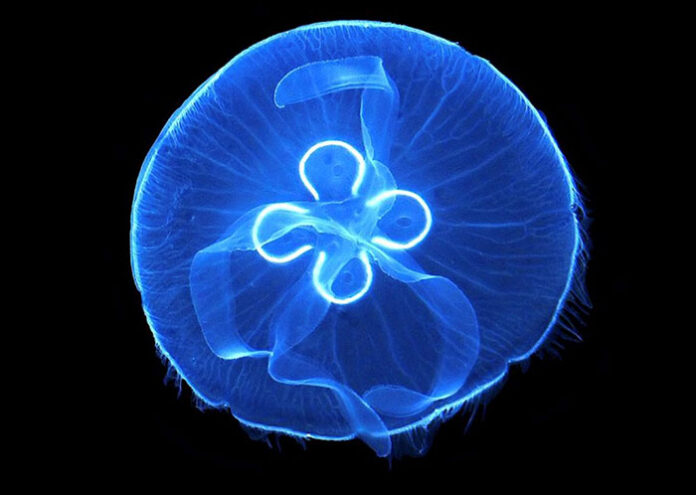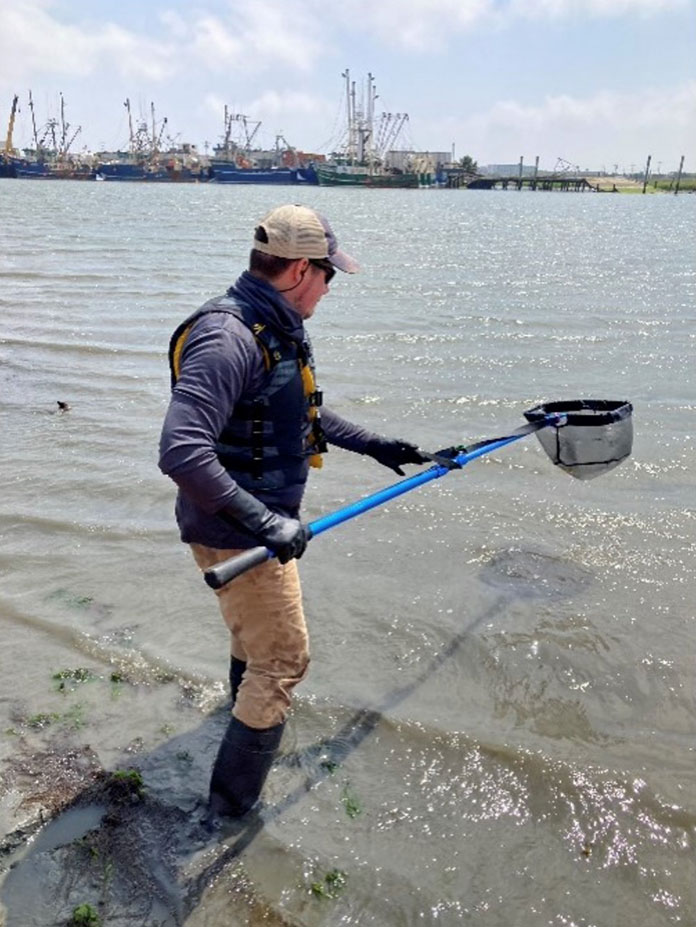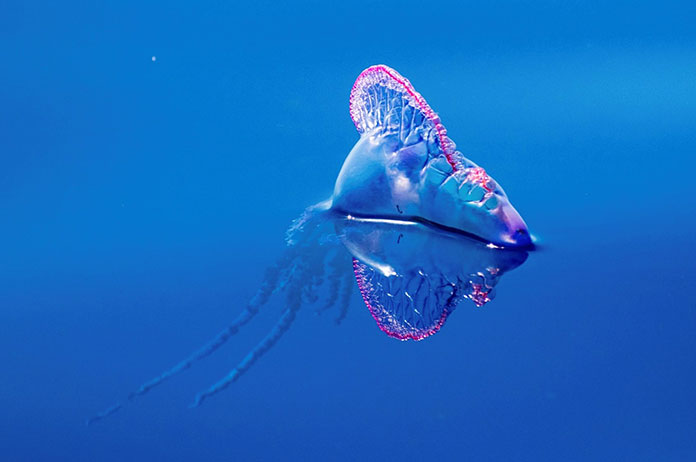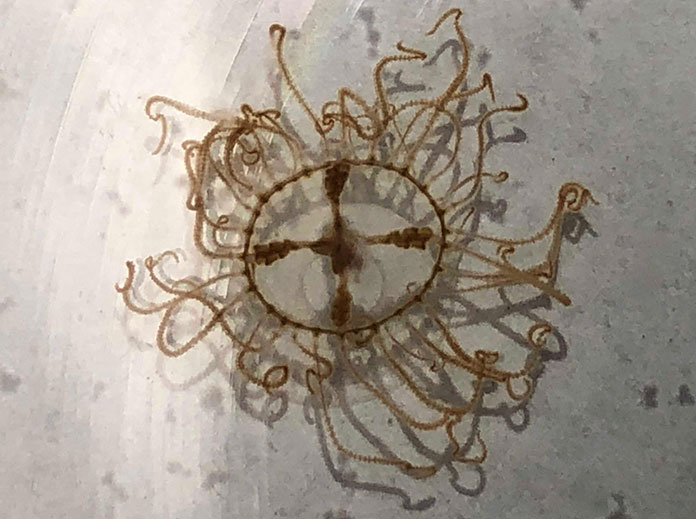
JERSEY SHORE – Officials are warning New Jersey swimmers about the potential dangers of clinging jellyfish that have been found in the Shore area this summer.
According to the New Jersey Department of Environmental Protection, clinging jellyfish are a small jellyfish capable of inflicting an extremely painful sting. Officials said they are present in bays and estuarine waters
“Fortunately, populations of clinging jellyfish and their distribution have been largely stable since the species was first confirmed in New Jersey in 2016,” Commissioner of Environmental Protection Shawn M. LaTourette said. “However, clinging jellyfish pack such a potentially powerful sting that it is important for the public to be vigilant and take precautions when recreating in coastal bays and rivers where they are found.”
Clinging jellyfish are a non-native species that originated from the Pacific Ocean. Officials said they likely came to the area in ballast water from ships or being attached to ships’ hulls, as early as the late 1800s in New England.
Today, they can be found from Maine to New Jersey. Clinging jellyfish prefer shallow, slow-moving estuarine waters, where they attach themselves to algae or marine vegetation such as eel grass.

In New Jersey, environmental officials have found clinging jellyfish in several locations across shore towns. A huge population can be found in the Metedeconk River, close to areas along Princeton Avenue in Brick Township as well as on the opposite side of the river alongside residential properties off Mantoloking Road.
According to the NJDEP Jellyfish map, clinging jellyfish have also been found in the Barnegat Bay near Lavallette and Island Beach State Park.
In the Shrewsbury River, clinging jellyfish can be found in Sea Bright and Monmouth Beach. Officials have even documented them as far south as North Wildwood and the Cape May National Wildlife Refuge.
What other jellyfish can you run into at the Jersey Shore?
Although it is unlikely for clinging jellyfish to be found in ocean waters or beaches in New Jersey, there are several types species that do inhabit our coast.
The most common jellyfish beachgoers can encounter are moon jellies (Aurelia aurita), which look like a round disk-shaped pad that may be frequently seen washed up on beaches. Even though they are not harmful, they can produce some discomfort if you are stung.
Many other jellyfish you can come across at the shore are not harmful. However, just like clinging jellyfish found on the bayside, there are harmful jellyfish found in oceans.
Over the years, the Portuguese man-o-war (Physalia physalis) has been spotted along the Jersey Shore. Although uncommon, they are harmful and sometimes fatal.
In 2018, it was reported a Portuguese man-o-war washed up on the shores in Cape May County. There was also one that washed on in Beach Haven in 2017.
If you plan on going for a swim, know that most jellyfish are found from June to September/October.

“Jellyfish appearance and abundance is dependent on water temperature and prey density; most species prefer warmer water. Storms and offshore wind and water currents (eddies branching off of the Gulf Stream) can bring uncommon species close to shore,” DEP Research Scientist Joseph Bilinski said. “Subtropical species such as Portuguese man-o-war end up on our shores when warm currents come toward our coast.”
What do you do if you get stung?

Bilinski recommends that the affected area be lightly scraped with a plastic card or rubbed with a towel, then rinsed with sea water and not fresh water.
“(Freshwater) will cause the nematocysts or stinging cells to rupture and cause more discomfort,” Bilinski said. “If pain persists or is severe, the individual should seek immediate medical attention.”
To learn more about jellyfish in New Jersey waters, NJDEP has a general NJ Jellyfish Information webpage at storymaps.arcgis.com/stories/28df94661dd245f792e1b79170100975. To learn more about clinging jellyfish, visit nj.gov/dep/docs/clinging-jellyfish-factsheet.pdf.






